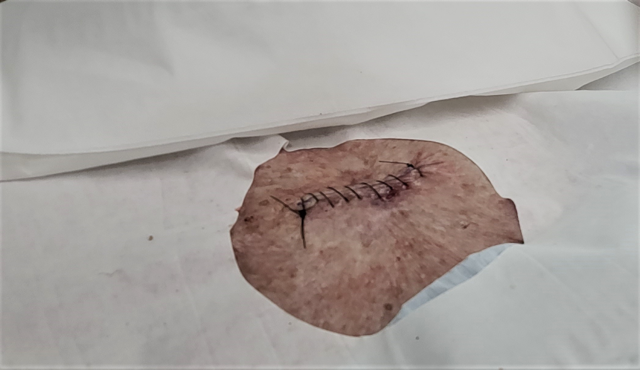- Agriculture
- Antibiotic/anti-viral
- Biologics
- Biomarkers
-
By Clinical Application
×
- Anesthesiology
- Blood & Lymphatic Disease
- CNS & Neurosciences
- Dermatology
- Diabetes, Metabolism, Endocrinology & Obesity
- Ear, Nose, & Throat
- Emergency Services
- Gastroenterology & Digestive Disease
- General & Plastic Surgery
- Health Education, Medical Training and Operations
- Heart and Vascular
- Immunology, Autoimmune & Inflammation
- Infectious Diseases
- Mental Health
- Multiple clinical applications
- Musculoskeletal Disorders, Orthopedics/Bone
- Nephrology/Renal
- Oncology
- Ophthalmology
- Orphan Diseases
- Pediatrics
- Physical Medicine & Rehabilitation
- Radiology
- Regenerative Medicine / Tissue Engineering
- Reproductive Health: Obstetrics & Gynecology
- Respiratory & Pulmonary
- Surgery
- Transplantation
- Urology
- Wound Healing x
- COVID-19
- Creative Works
- Diagnostics
- Drug Delivery
- Drug screening and discovery
- Energy, Cleantech & Environmental
- Engineering & Physical Sciences
- Gene therapy
- Imaging
- Materials
- Medical Devices
- Nutraceuticals
- Other
- Research & Design Tools
- RNAi/siRNA
- Sensors & Controls
- Small molecules
- Software & Information Technology
- Stem Cells
- Vaccines
- Veterinary Medicine
Targeted delivery of gene therapy for cardiac reprogramming with enhanced efficacy
Unmet Need Cardiac injury results in irreversible and permanent loss of cardiomyocytes, leading to heart failure with ~40% mortality within 4 years from diagnosis. It has been shown that directly reprogramming scar fibroblasts into new…
Topical PHD inhibitors to enhance wound healing by reducing ischemia
Unmet Need Millions of patients experience unhealed skin wounds, and with the rise in number of surgeries per year along with the increase in older population, this burden is expected to increase. One aspect of…
Biomaterial therapy for healing brain tissue after ischemic stroke
Unmet Need Ischemic stroke affects 692,000 patients annually in the United States, and can result in paralysis and complications related to cognition and motor function. After a stroke, scarring and atrophy can occur at the…
An injectable hydrogel scaffold that delivers gene therapies locally
Unmet Need Gene therapy has applications ranging from tissue engineering to vaccine development to infectious disease. Most approaches to deliver nucleic material involve the systemic intravenous delivery of condensed nucleic acid (e.g., within a virus…
A system for securing intraocular lenses during cataract surgery and other applications where sutures create challenges
Unmet Need Suturing is a common method to close wounds and fixate devices. However, due to the inherent physical constraints of the intraocular cavity, forming knots within the eye to affix hardware or repair damaged…
Peptide materials for immunomodulation
Value Proposition Glatiramoids are biomaterials synthesized for use as immunomodulators. Specifically, they are polypeptide mixtures with randomized amino acid sequences. Glatiramoids are currently FDA approved for use in multiple sclerosis. They have also been explored…
Abl kinase inhibitors promote lung regeneration after pathogen and chemical-induced injury
Value Proposition Damage to the lung epithelium in response to pathogens is a major health problem worldwide. Parenchymal lung infections disrupt lung epithelial architecture and function by eliciting destruction of airway and alveolar cell populations.…
Ex vivo scavenging of pro-inflammatory nucleic acids by electrospun cationic nanofibers
Value proposition Chronic wounds are a challenge to treat and consume a great deal of healthcare resources around the globe. In the setting of chronic wounds, dead and dying cells are continuously releasing nucleic acids…





